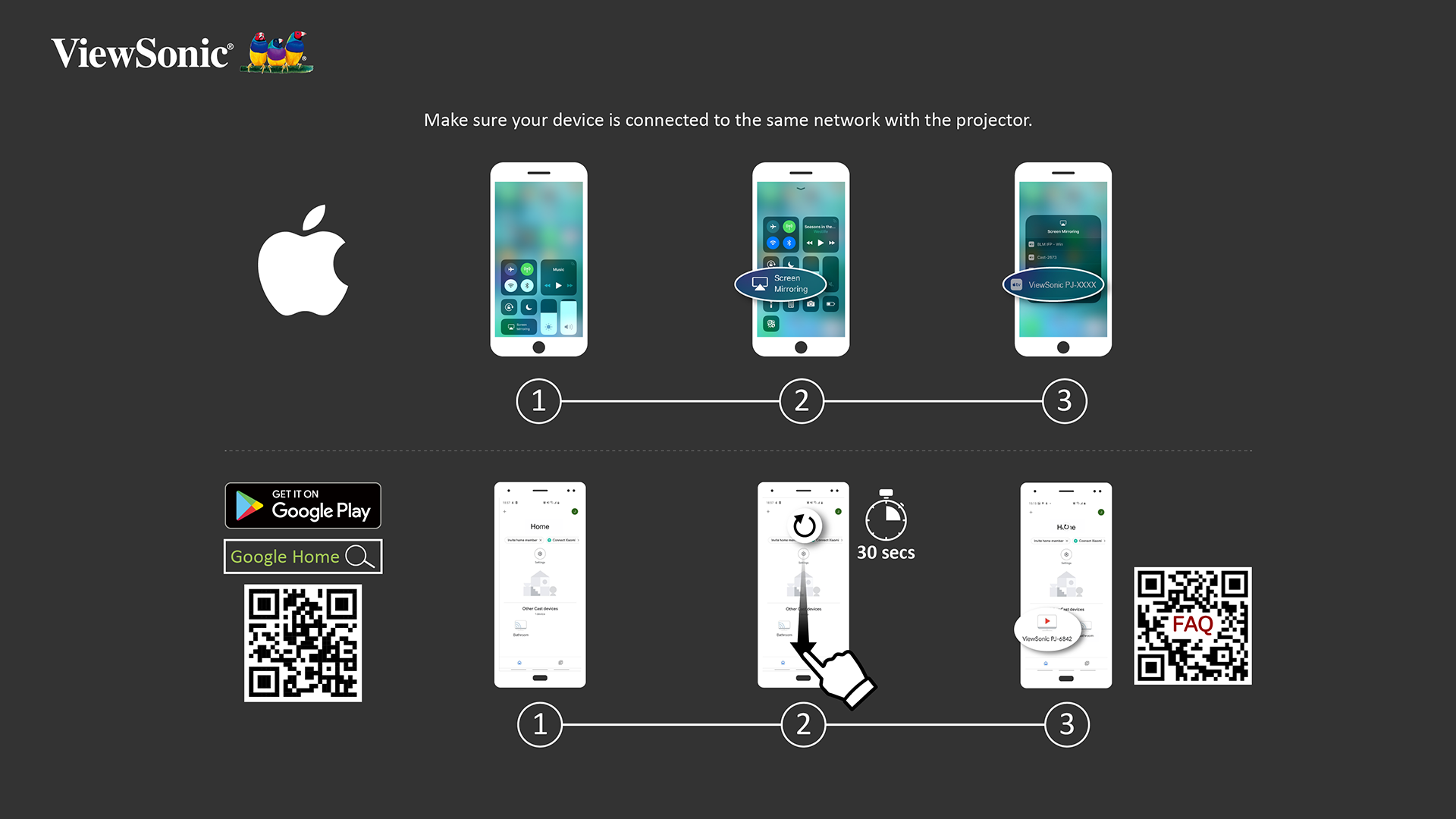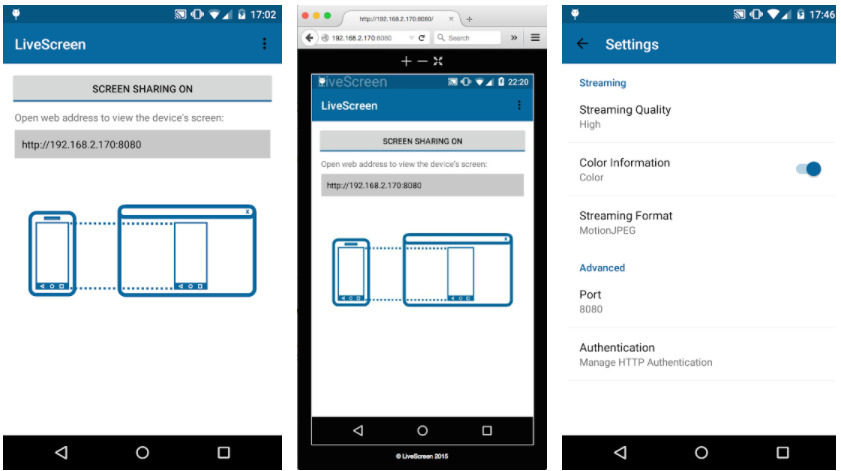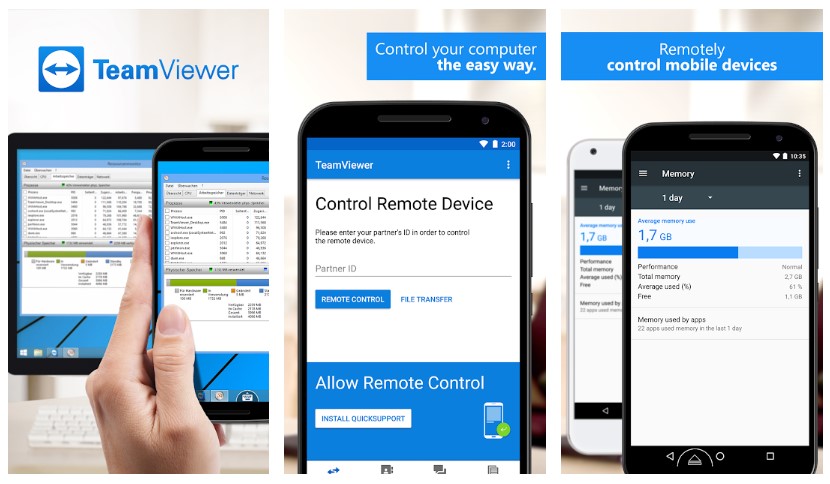

Banishing the HDMI cable is nice, but Miracast doesn't have the "smarts" competing protocols offer. In practice, even if Miracast worked perfectly, the core design would still be a problem.

Everything on your phone's screen would be mirrored on the TV. So, if you wanted to start a Netflix video on your phone and play it via Miracast, you'd have to leave your phone's screen on the whole time.

Miracast functions exclusively as a "screen mirroring" protocol. Check out our comparison of AirPlay, Miracast, WiDi, Chromecast, and DLNA to understand the differences between all these different protocols. Unlike protocols like Apple's AirPlay (on the Apple TV) and Google's Chromecast (on the Chromecast and Android TV devices), Miracast is designed to be a cross-platform standard. Rather than physically connecting your laptop, smartphone, or tablet to a TV like you would with an HDMI cable, Miracast provides a wireless standard that allows devices to discover each other, connect to each other, and mirror the contents of their screen wirelessly. Miracast is a standard that hopes to one day banish the need for HDMI cables. Related: Wireless Display Standards Explained: AirPlay, Miracast, WiDi, Chromecast, and DLNA


 0 kommentar(er)
0 kommentar(er)
